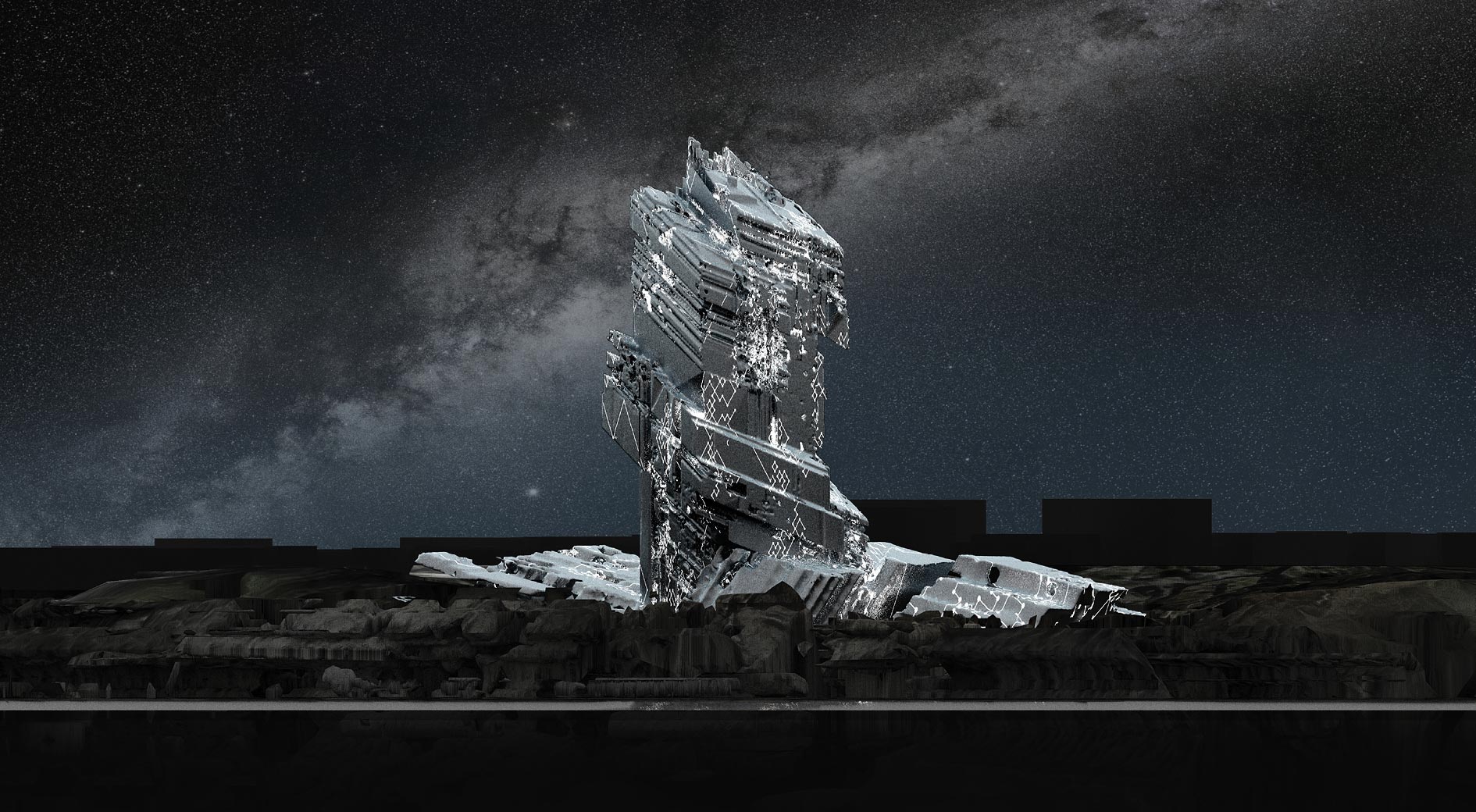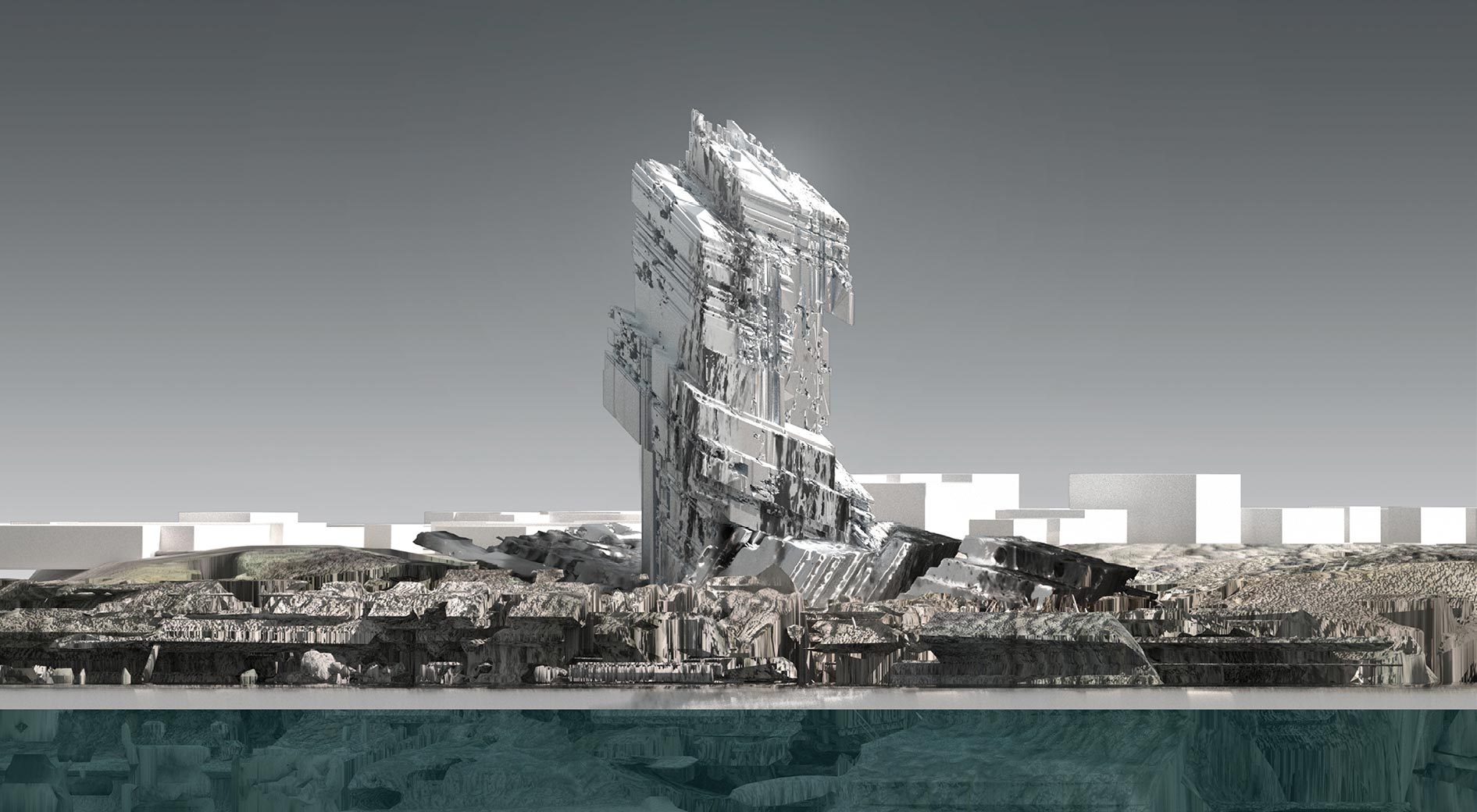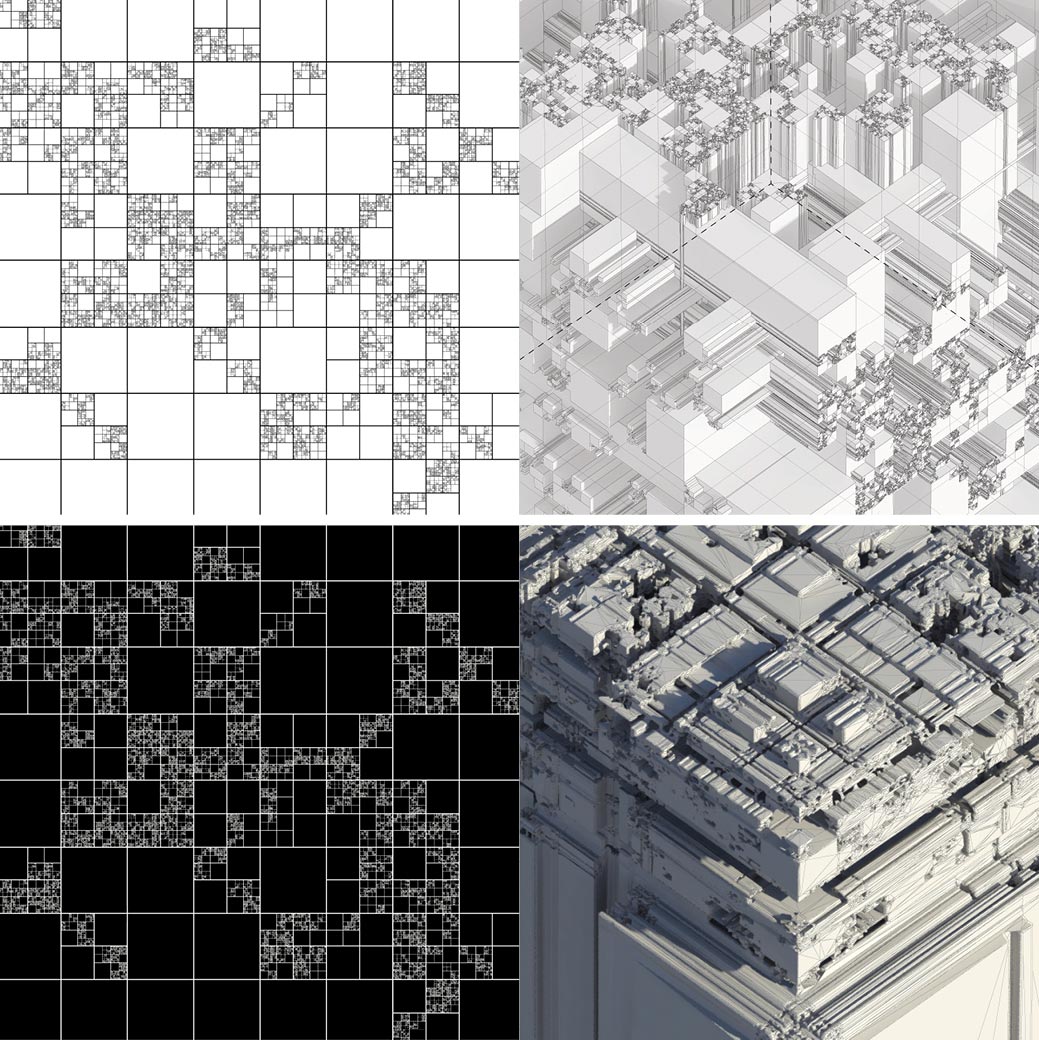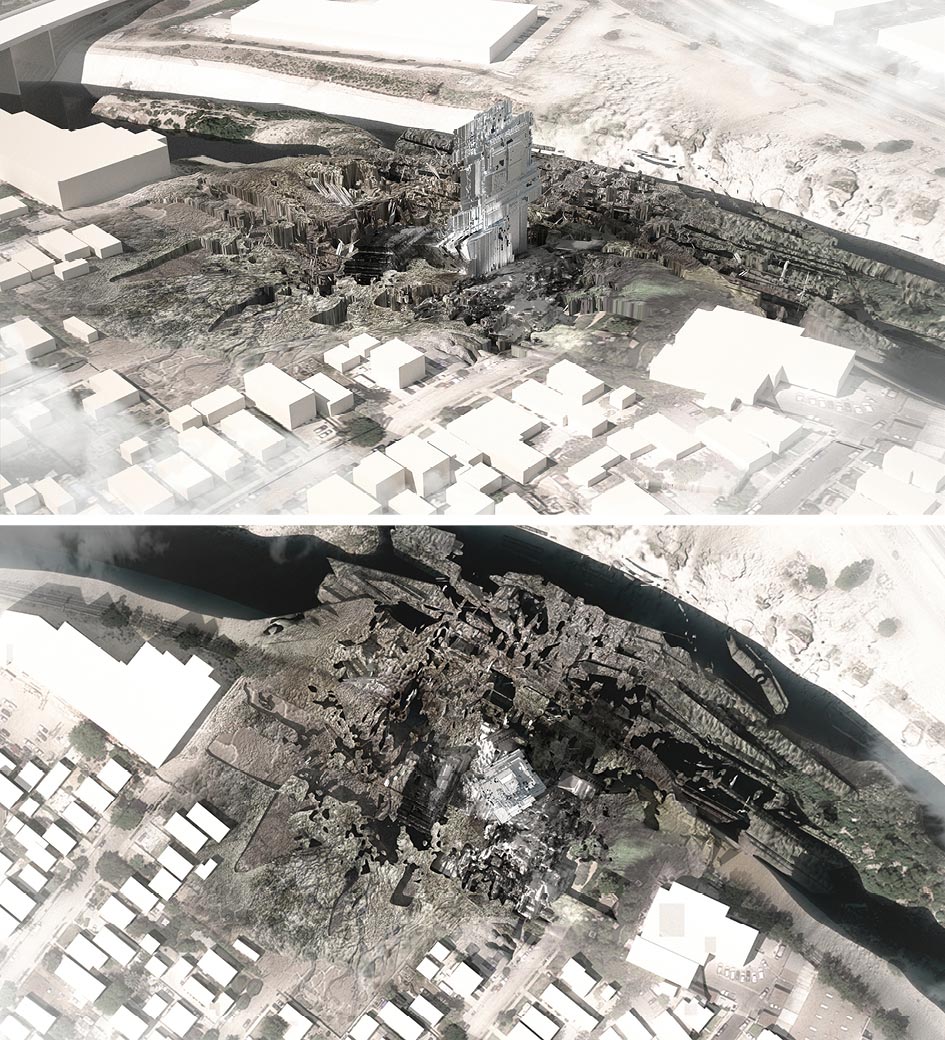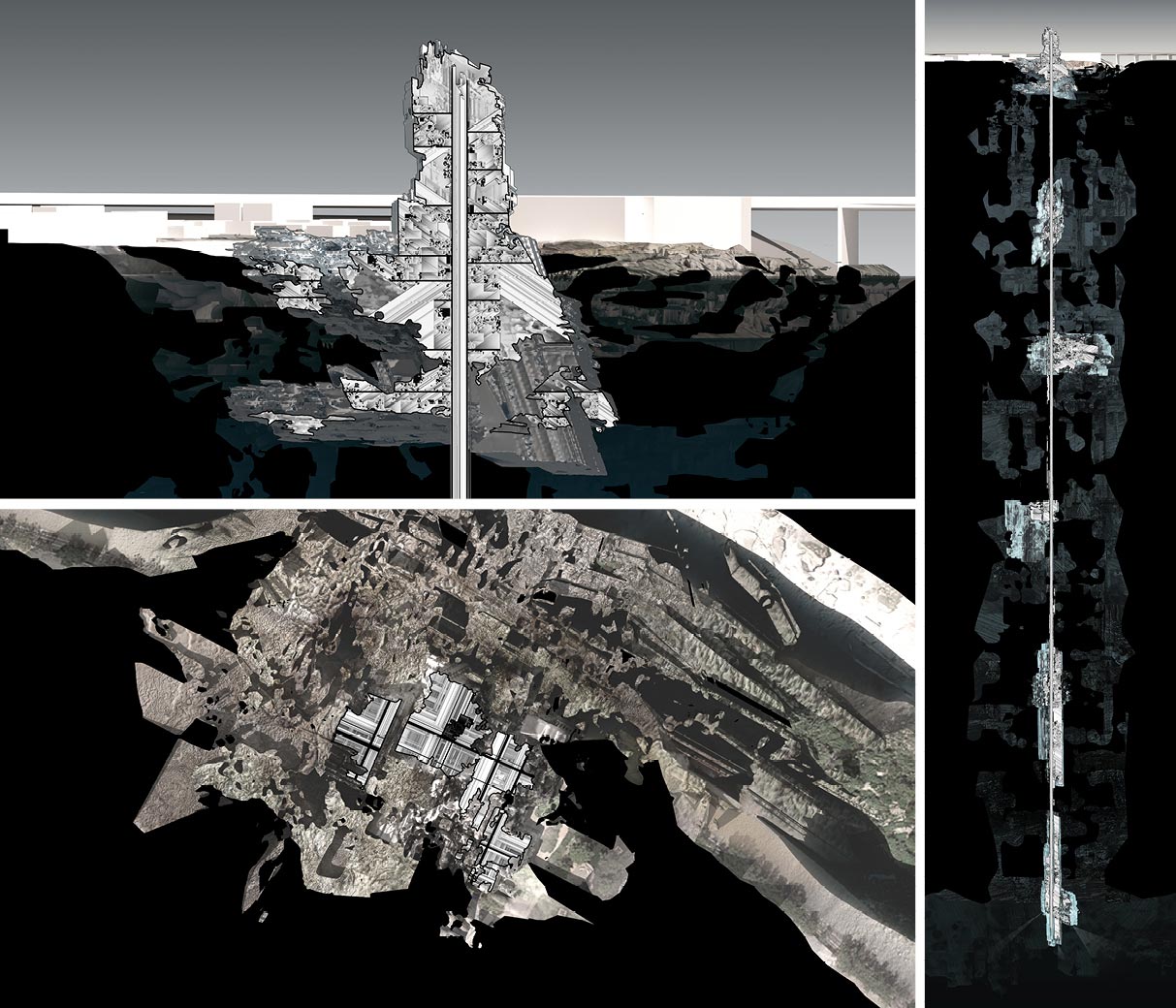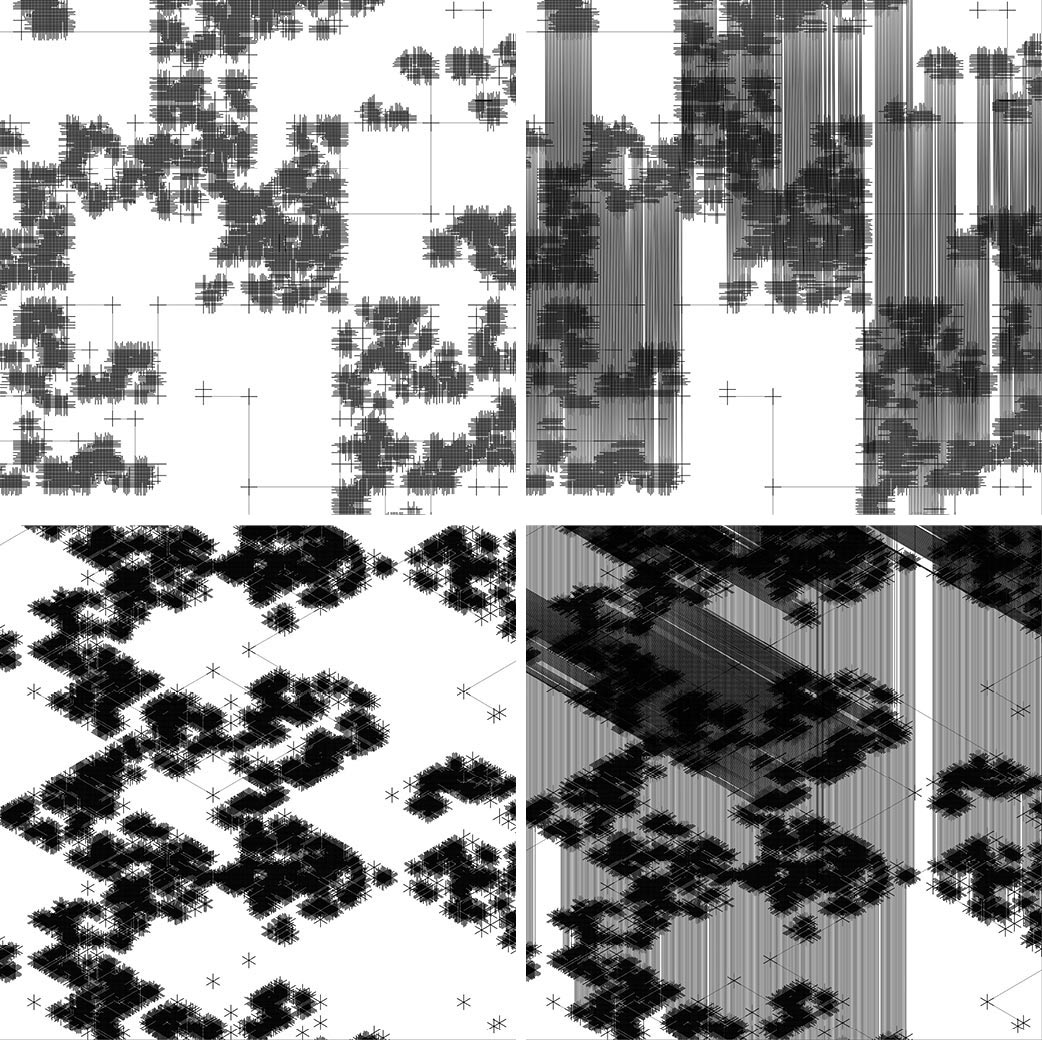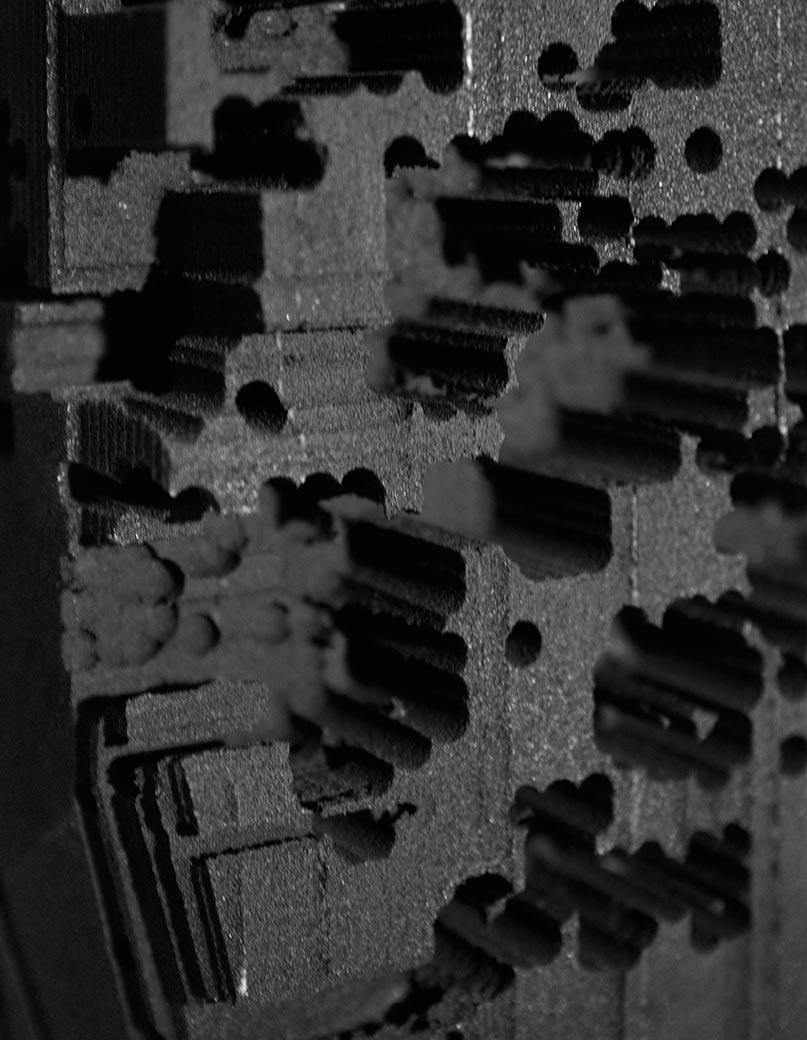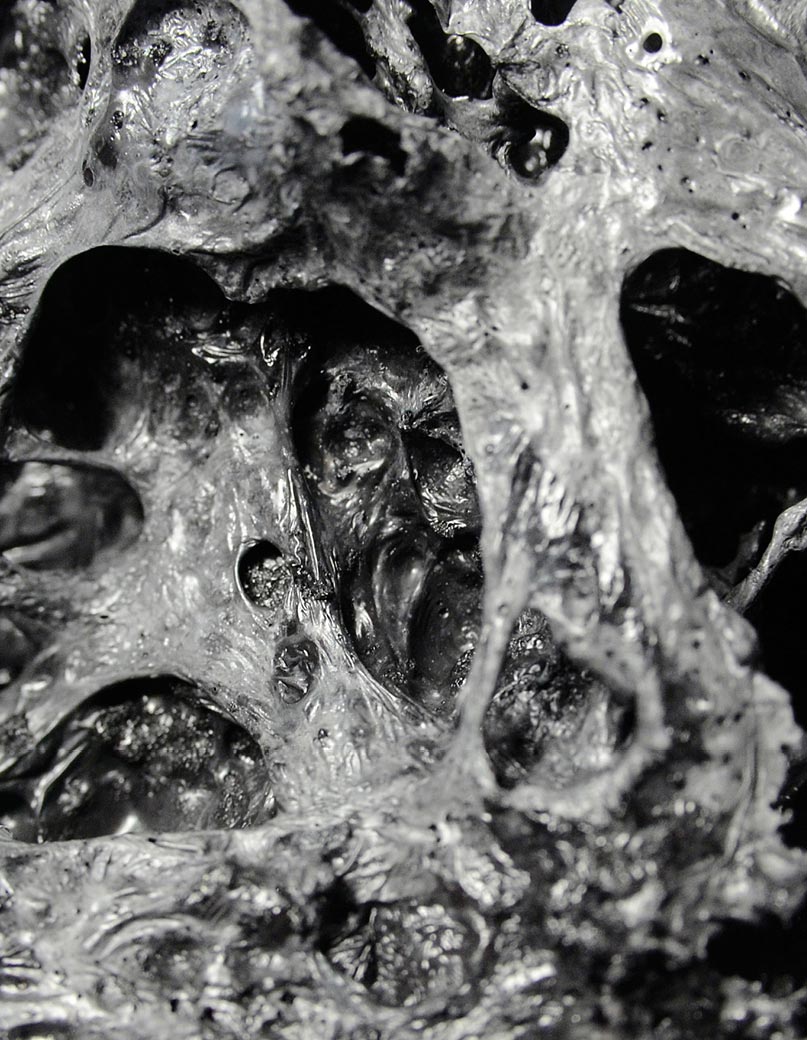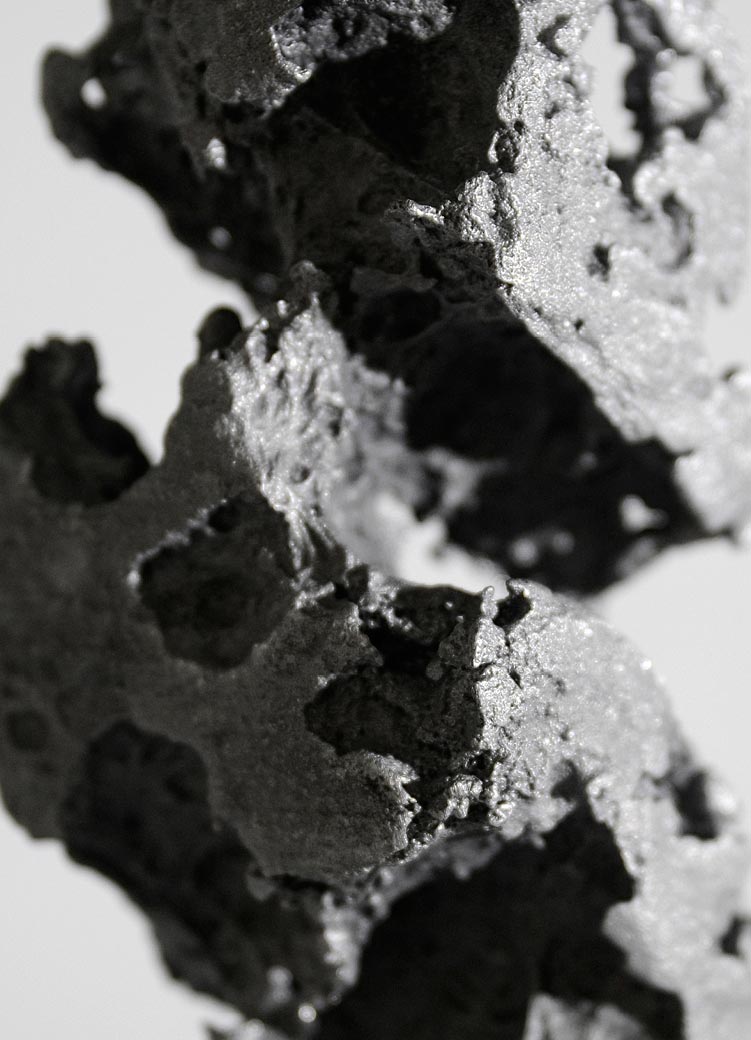FROG TOWN
FICTIONAL PROJECT EXPLORING A FUTURE SYNTHETIC ECOLOGY AND THE TEXTS OF GRAHAM HARMAN AND TIMOTHY MORTON
Type: Design Research
Location: Frog Town, Los Angeles, USA
Duration: February - April 2015
Description:
The project explores the potential overlap between a future synthetic ecology and the built environment. Traditional notions of the building mechanisms behind city infrastructures and even the megaproject are being challenged through the harnessing of more physical forces. It proposes the geoengineered environment in place of the formally built environment.
Synthetic Ecologies:
With the epoch of the Anthropocene and its associated erratic climate, mass extinctions and world-wide spread of synthetic material well on the way, existing biomes and biodiversity face an eminent re-calibration of living matter as we know it.
As the human industrial overflow of waste and emissions continue to alter the ecology and the environment on a planetary scale, we are constantly confronted with the devastating impact that our activities have on our habitats. Wild animals, micro-organisms and plant-life have all had to adjust to new weather patterns as well as unprecedented levels of garbage and toxins in oceans, rivers and streams. However, as nature recovers, habitats will not only adjust to this new environment, but will actually integrate with foreign synthetic materials forming an evolving weird nature.
Much of the garbage currently littering the globe will be re-observed as geological findings – some having broken down into tiny particulates – unseen to the naked eye but slowly and silently infiltrating the world of micro-organisms. Others agglomerating and forming “naturally” occurring geological monuments to industrial society. These plastiglomerate formations will result from the properties of the waste itself and its relationship to local conditions. It is this future synthetic ecology and the processes involved that set the stage for this fictional expedition.
Lovecraft's Monsters and the Hyperobject:
These “naturally” occurring objects may be hard to define. Our ability to know and understand objects is limited by the filters through which we perceive the world. Forming a more all-encompassing understanding of objects may only be possible through calculation, estimation, hypothesis and imagination. These cognitive deficiencies leave a vast unexplored relationship between the real world and our perception of it which Graham Harman refers to as the gap in his book Weird Realism: Lovecraft And Philsophy. In the book Harman uses Lovecraft's obstructed literary descriptions, which avoid direct literal depictions of objects in favour of abstract descriptions that elicit a sense of the objects, as a model for exploring this gap. This method for describing the unimaginable can be re-appropriated to situations where our sensory and cognitive capabilities fall short of understanding an entire chain of events. Our urge to bridge this gap forces us to invent fictional events or processes of analysis to describe what we do not yet comprehend.
Like Lovecraft's monsters, the building is intentionally indeterminable. It is a sort of hyperobject, whose space can only be understood subjectively through the personal experiences and whose presence and influence extends well beyond its shell using processes that also cannot be wholly understood.
Project:
The processes in question relates to the dynamic forces involved in the structure and program of the building. Situated along the Los Angeles river, the project aims to address both climactic issues related to the local drought and the issue of waste by restoring the aquifer under the city through the introduction of a portal and by rethinking the role of garbage in the river ecology.
Concrete slabs line the riverbank and islands of organic and mineral matter form local habitats for plant and wildlife disrupting the river flow. The site is littered with garbage which has become part of the ecology and serves an equal purpose in the habitat. Conceived through the study of the local ecology, the project celebrates its synthetic ecology and stresses the equal importance of all locally found objects and beings by striving to maintain the site's current conditions and utilising physical forces as part of the building's systems.
Programmatically, the building houses an expansive river research centre and a landscape architecture school which are programmatically interlocked. The river research centre spans from the top of a small tower, where it can study the surface activity from both an areal view and ground level, and extends all the way down into the aquifer. It has strategically placed facilities along a structure and a service duct, with each facility containing important laboratories dealing with activity in the soil in the upper most layer of the earth’s crust in the region. The architecture landscape school is located in the base of the tower over looking the surrounding site and functions as a theoretical and design related division of the river research centre.
Work Flow:
Digital collages developed from naturally occurring objects from the local context were used to create high resolution meshes as well as physical study models through a series of translations. The resulting object is part digital and part physical, making use of the aggregation between the surface textures extracted from the study models. The intention was to emulate the appearance of a naturally occurring synthetic object made up of human made and non human made matter: An echo of the site which is itself a conglomeration of concrete, garbage, debris and various life forms. The architecture, like the site is a synthetic ecology.
